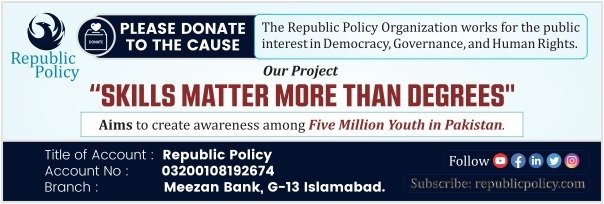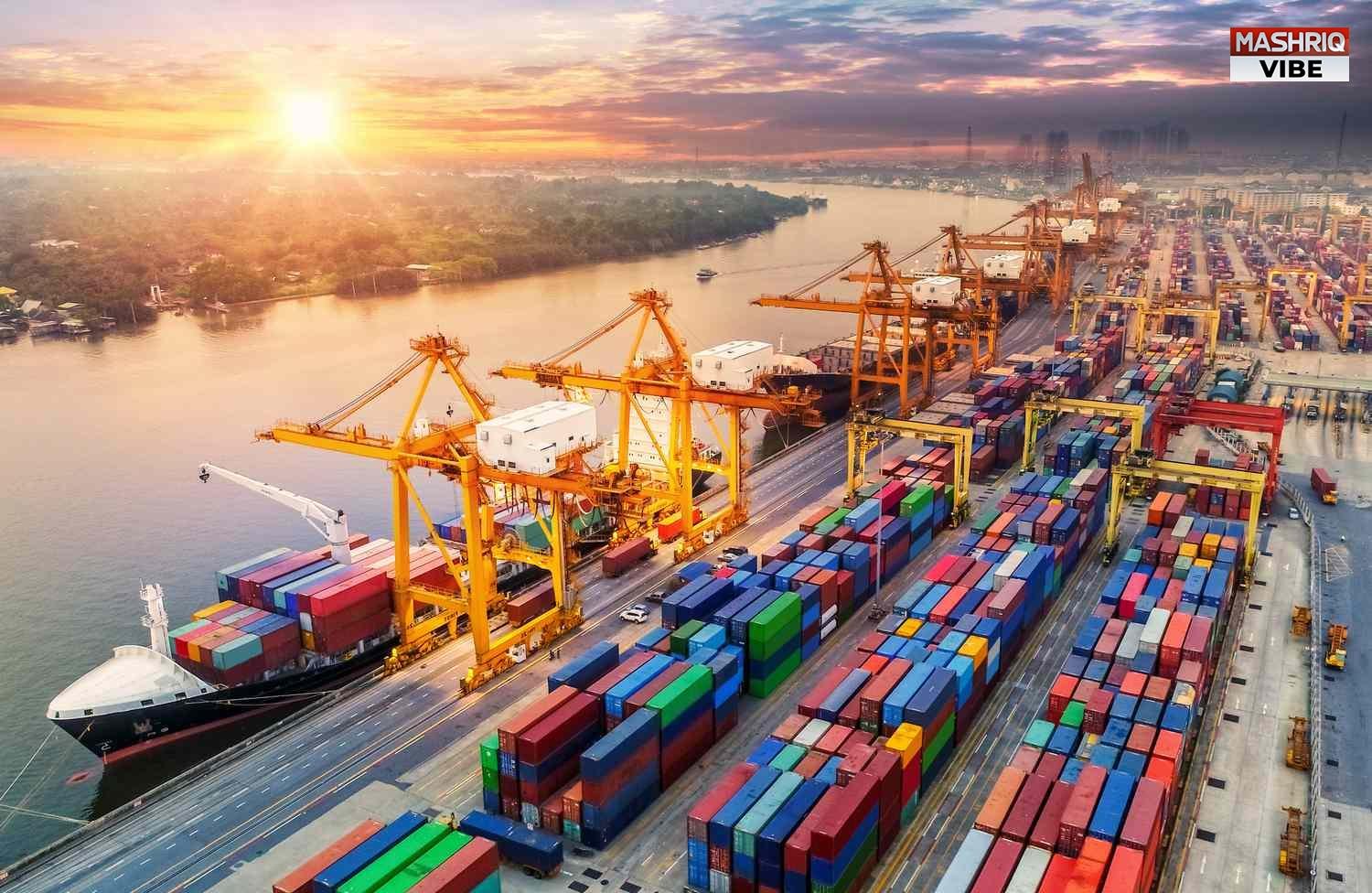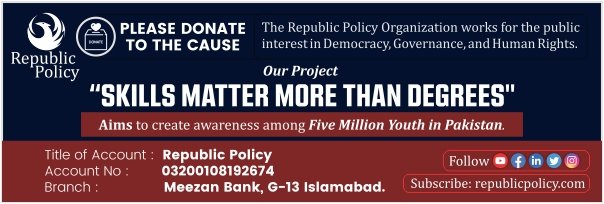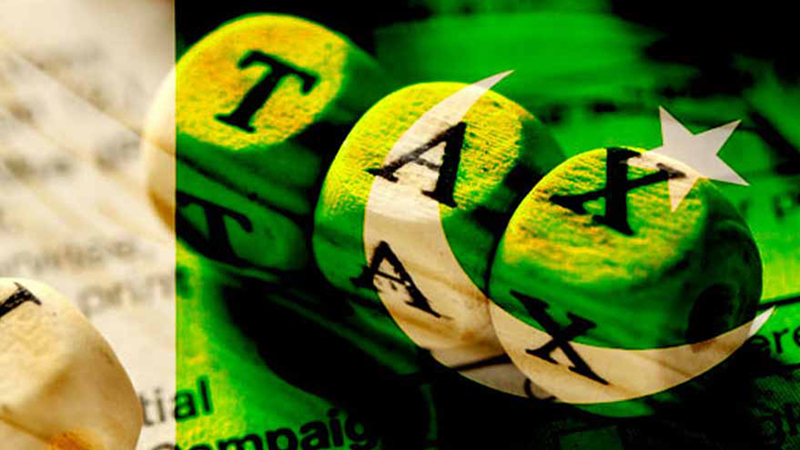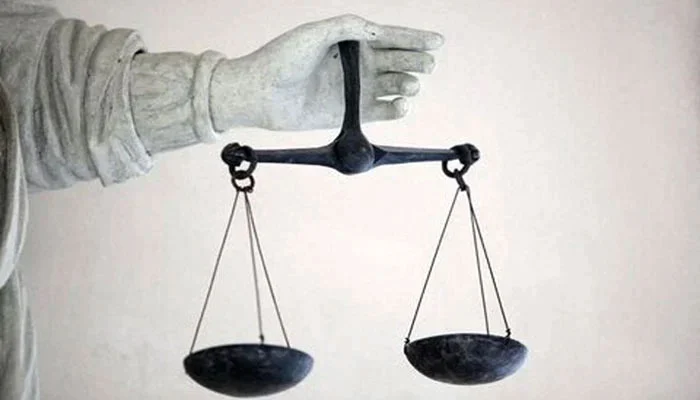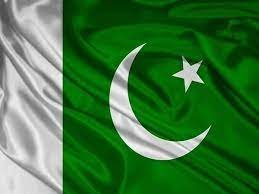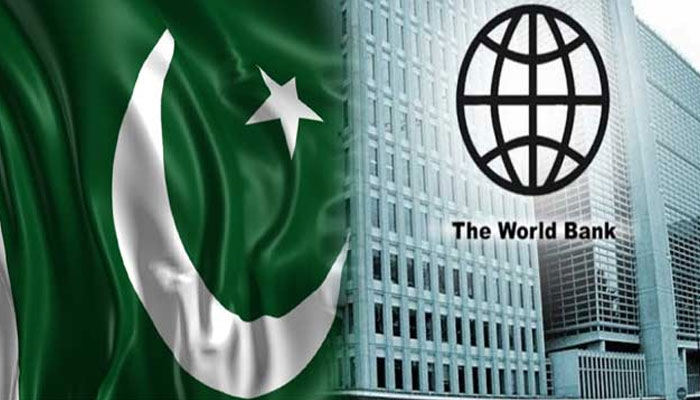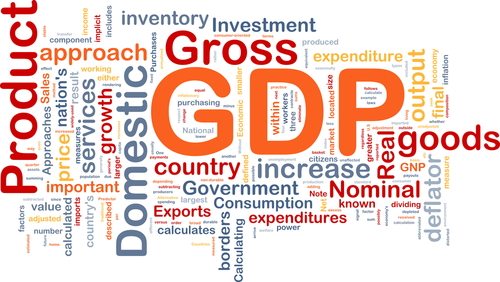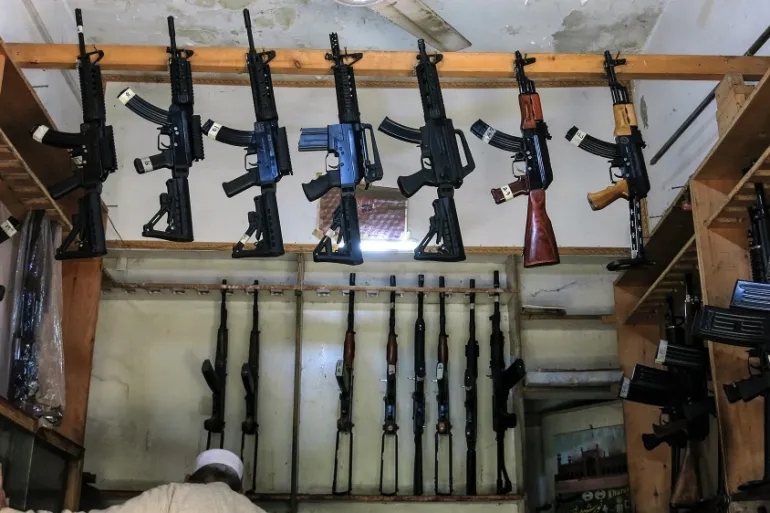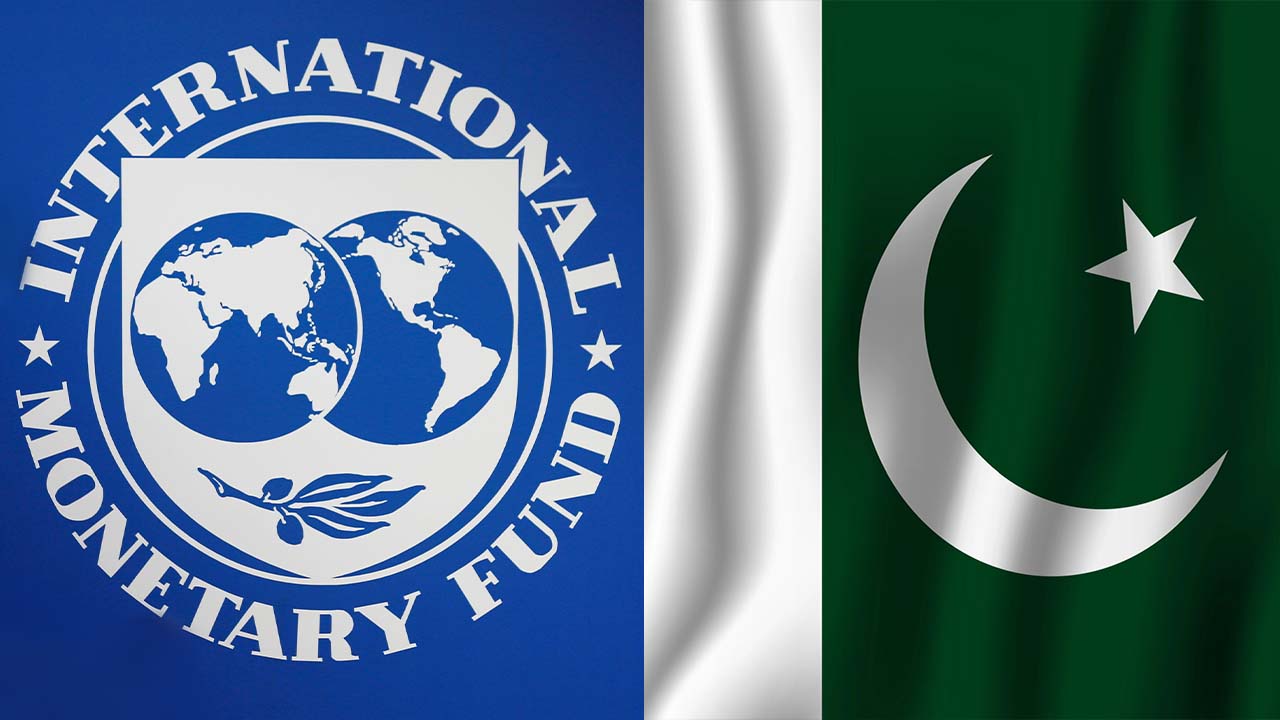Zafar Iqbal
Pakistan’s export story is often told in headline numbers that appear respectable at first glance. From around $9 billion in 2000 to a little over $32 billion today, the growth seems linear and steady. Yet, when placed in context, the picture becomes sobering. Over the past two decades, Pakistan’s regional peers — Bangladesh, Vietnam, Cambodia, Sri Lanka, and India — have outpaced it by wide margins. Rebased comparisons reveal the gap starkly: while the export lines of these countries climb sharply upwards, Pakistan’s barely nudges forward across a whole decade.
The contrast is most visible when comparing Pakistan to Vietnam and Bangladesh. Both started the 2000s at roughly the same level as Pakistan. But instead of stagnation, they unlocked sustained growth by anchoring their economic policies around export-oriented manufacturing. Vietnam leveraged its integration into global supply chains to attract foreign manufacturers, while Bangladesh expanded its ready-made garment sector into a global powerhouse. Pakistan, meanwhile, failed to seize the moment. The result is not only a story of missed growth but also an early slide into premature deindustrialisation. Non-food and non-textile exports — essentially the manufacturing backbone — have remained flat for over a decade, in sharp contrast to the takeoff expected from a country still striving to industrialise.
Yes, there have been some bright spots in textiles. The shift away from raw yarn and unfinished fabrics toward higher-value categories — garments, knitwear, and bedwear — reflects steady gains. These segments employ millions and bring in stable foreign exchange. But textiles alone cannot carry the weight of a $350 billion economy, nor can they shield Pakistan from shocks. The temporary surge in rice exports, driven largely by India’s export restrictions, illustrates the fragility of Pakistan’s export performance. That windfall is already fading, proving once again that opportunistic gains cannot substitute for structural competitiveness.
The deeper malaise lies in Pakistan’s industrial base. Non-food, non-textile exports — the products that usually define manufacturing diversity — have flatlined. This reflects weak competitiveness in industrial clusters, thin integration into global value chains, and an absence of innovation. On paper, Pakistan’s export basket looks somewhat diversified, but in practice, most “new” categories lack meaningful scale. Instead of creating momentum, these sectors remain marginal.
Foreign direct investment trends confirm this hollowness. Investment inflows typically chase domestic consumption or import substitution. Very little has gone into export-oriented sectors. Vietnam, Cambodia, and even Bangladesh adopted an opposite approach: they invited multinational manufacturers, built export-processing zones, and actively sought efficiency-seeking FDI. Pakistan’s inability to replicate this model is both a policy and institutional failure.
The policy record offers little reassurance. Over the years, governments have rolled out ambitious five-year or even fifteen-year industrial strategies, only for them to be shelved or derailed by economic crises. Energy costs remain high, but that is just one constraint. Policy inconsistency, weak logistics, outdated infrastructure, and limited institutional support for exporters are equally binding. Worse still, whatever modest export success Pakistan has seen is often tied to state patronage: subsidised financing, tax breaks, and artificially cheap labour. This is not a recipe for resilience; it is a fragile model that cannot hold against global competition.
The oft-cited phrase of Pakistan’s “export potential” risks turning into an empty slogan. Potential without a competitive edge is meaningless. Policymakers have yet to answer the fundamental questions: In which sectors does Pakistan enjoy a real edge? Where can it build exportable surpluses that are sustainable? And how can those sectors be scaled into global markets? Without clear answers, the economy will continue to drift. Temporary duty preferences in Western markets may buy time, but they are no substitute for a coherent strategy rooted in competitiveness.
The challenge is not merely to increase export numbers for balance-of-payments management. The export strategy must create jobs, strengthen industrial capacity, and integrate Pakistan into global production networks. That requires moving beyond the broad-brush slogan of “diversification” and focusing instead on building clusters of competitiveness. Global experience shows that sustained success comes not from spreading thin across many sectors, but from deepening capacity in a few high-potential areas.
Pakistan has options. Its textile and apparel sectors can still grow if productivity is boosted through modern machinery, digital supply chain systems, and product innovation. Agro-processing holds promise if logistics chains and sanitary standards are improved to match global benchmarks. IT and business process outsourcing offer opportunities if investments in skills and digital infrastructure are scaled. Engineering goods and pharmaceuticals, while currently small, could become anchors with the right regulatory and investment frameworks. But this requires deliberate choices, long-term commitments, and credible institutions to carry them forward.
The cost of inaction is visible in Pakistan’s external accounts and in its employment structure. A stagnant export base forces reliance on remittances and foreign borrowing to finance imports, perpetuating balance-of-payments crises. Weak export performance also limits job creation in manufacturing, leaving millions underemployed or pushed into informal services. Meanwhile, peers who started from the same base twenty years ago are not only outpacing Pakistan in trade but also in employment, investment, and overall economic resilience.
To reverse course, Pakistan must confront its industrial weaknesses head-on. That means consistent energy policy, reliable logistics, competitive financing, and trade facilitation reforms. Most of all, it means political will: resisting the temptation of short-term fixes and investing instead in long-term industrial competitiveness.
The truth is sobering: Pakistan cannot afford another lost decade. The country needs a coherent export strategy anchored in sectors where it can realistically scale. Without that, the economy will remain stagnant, the rhetoric of “potential” will remain hollow, and the gap with regional peers will only widen further. The choice is clear: either Pakistan reclaims its export competitiveness now, or it risks being permanently left behind.


